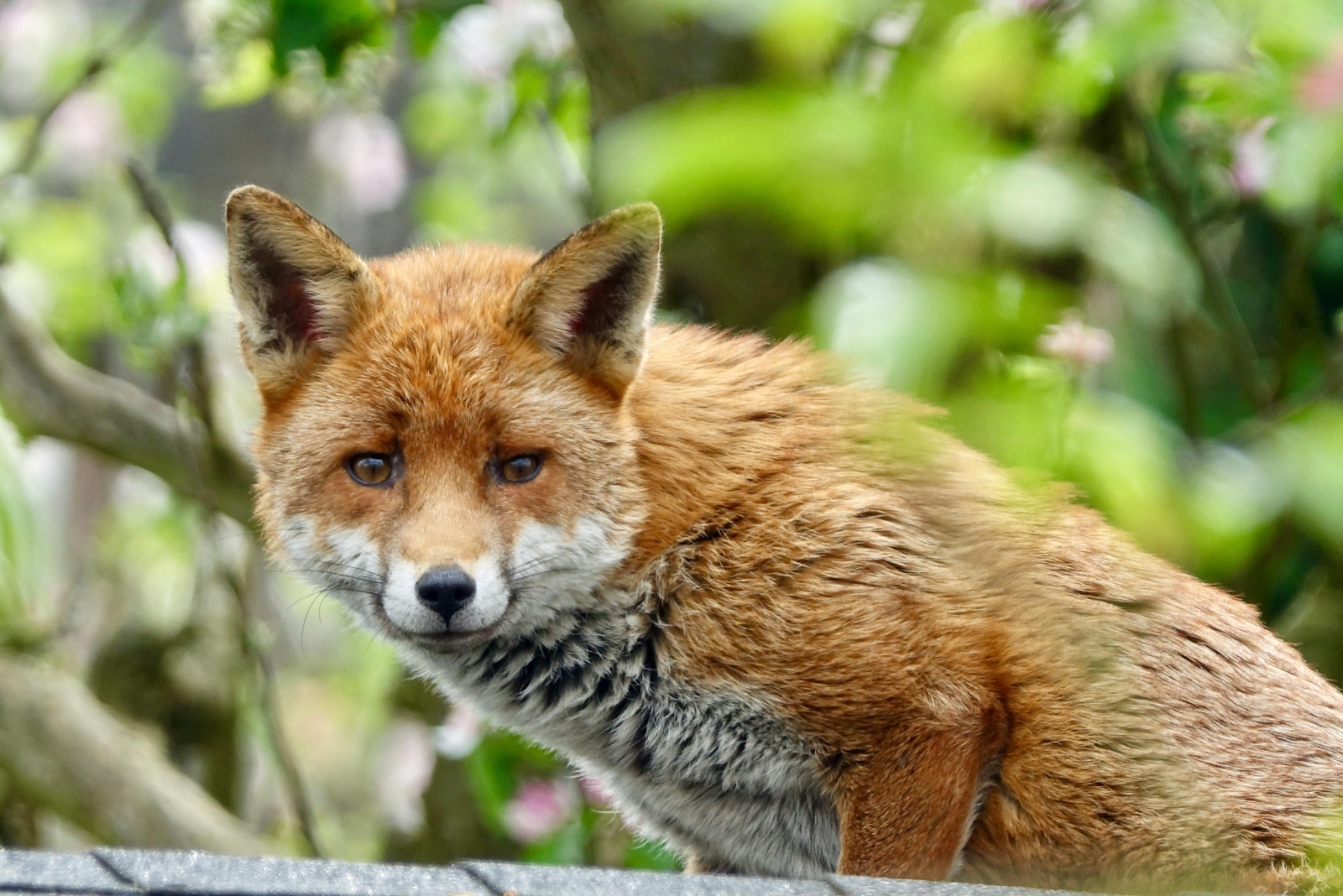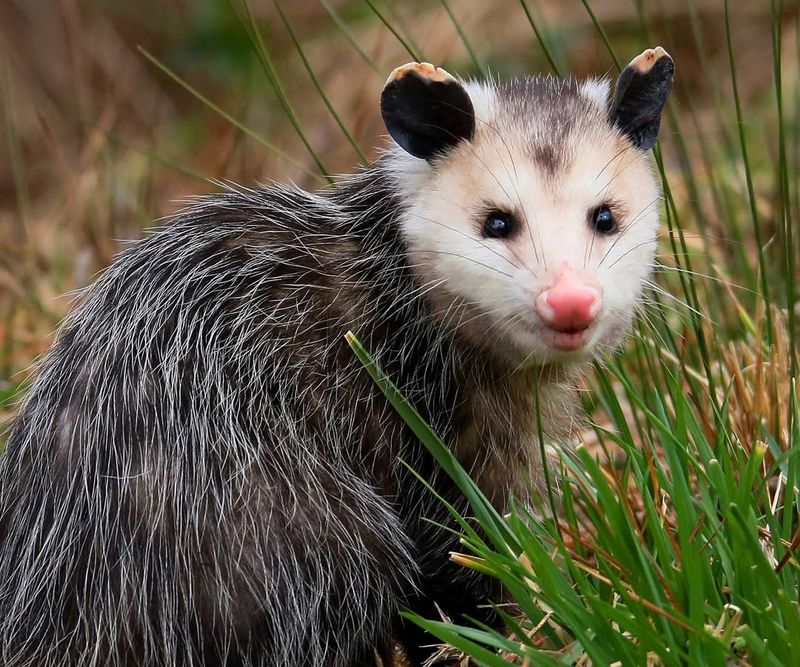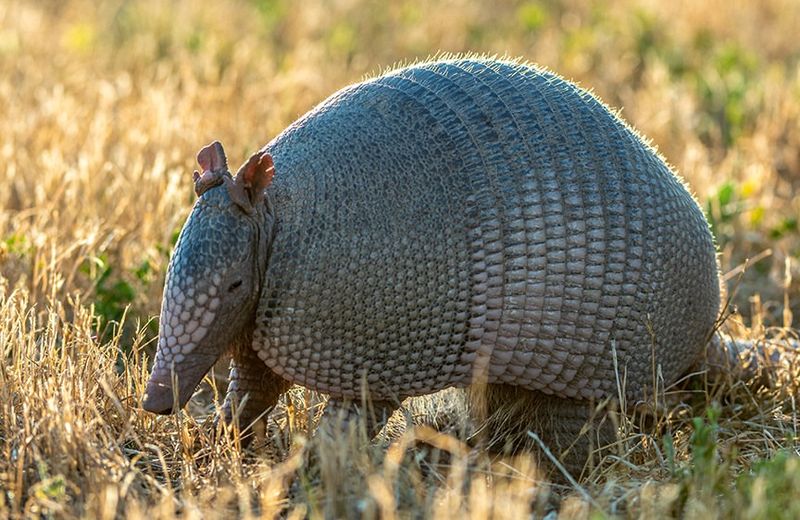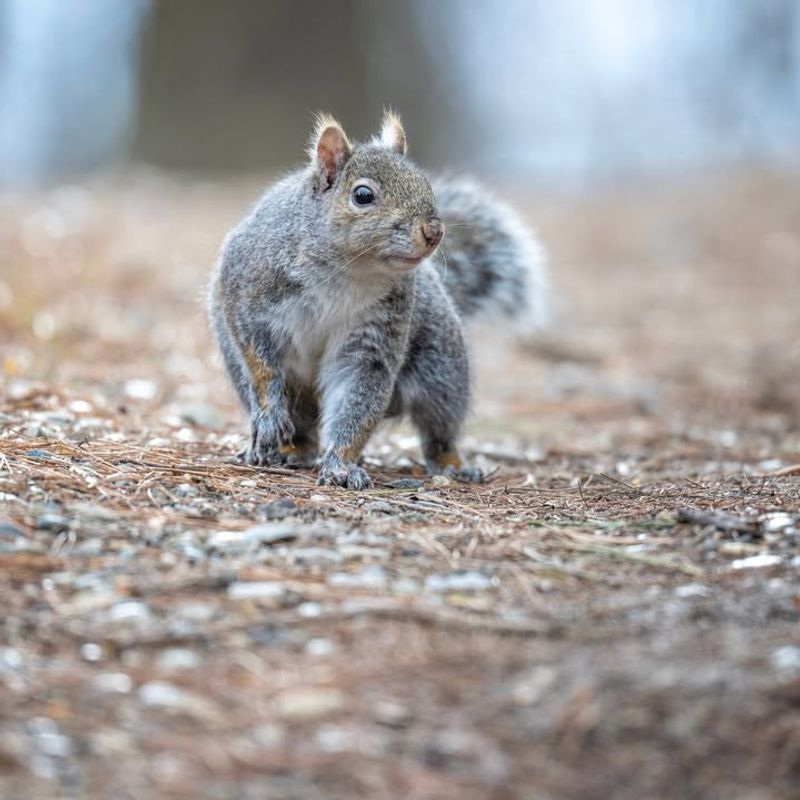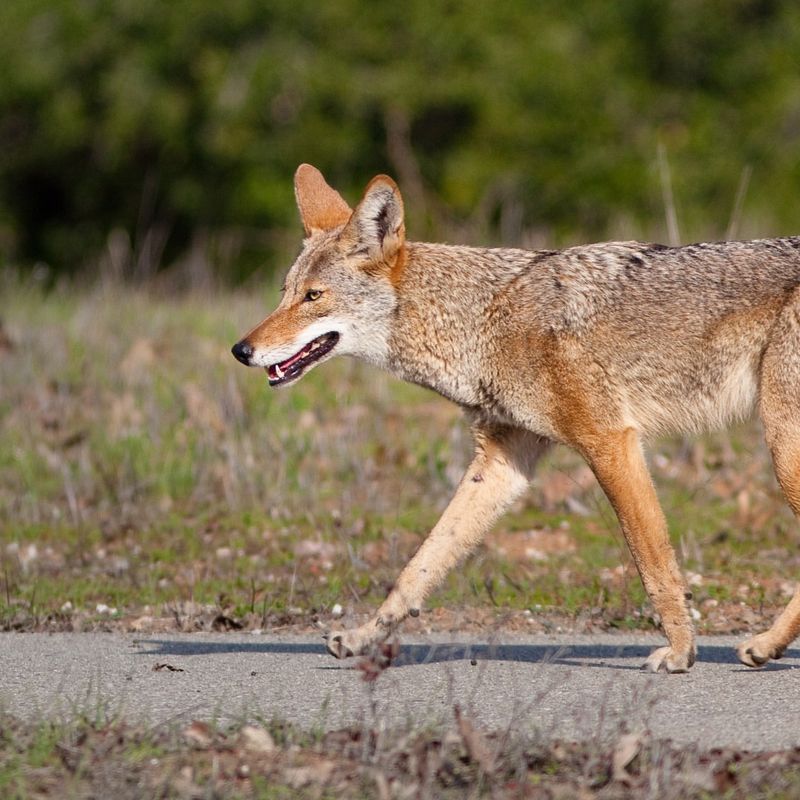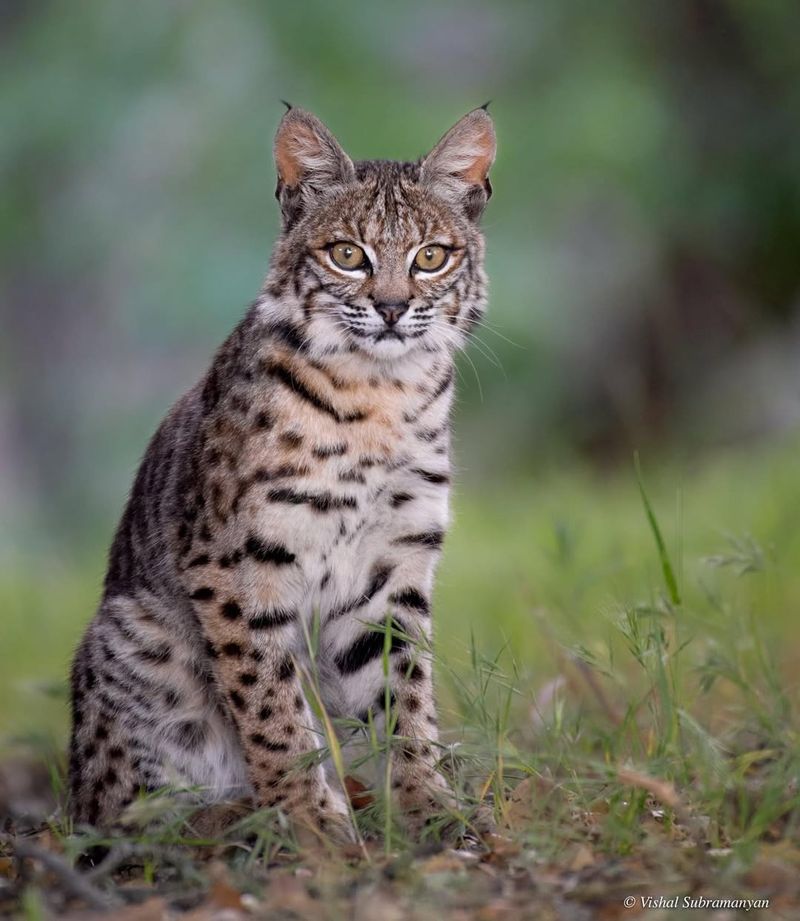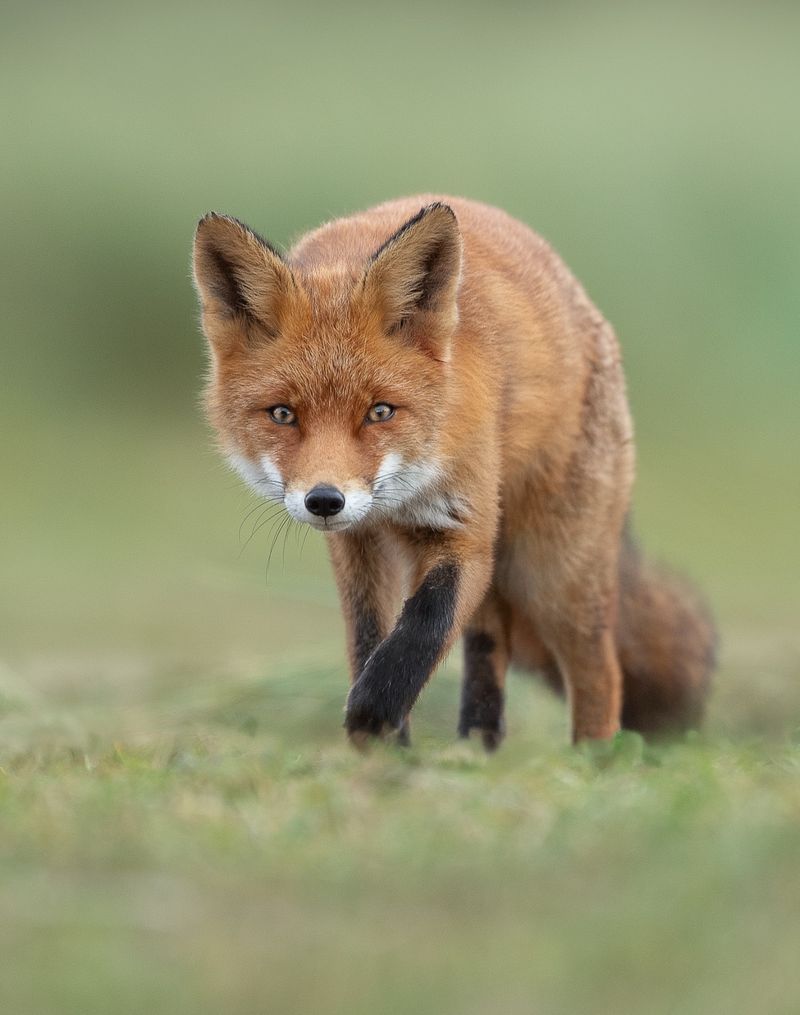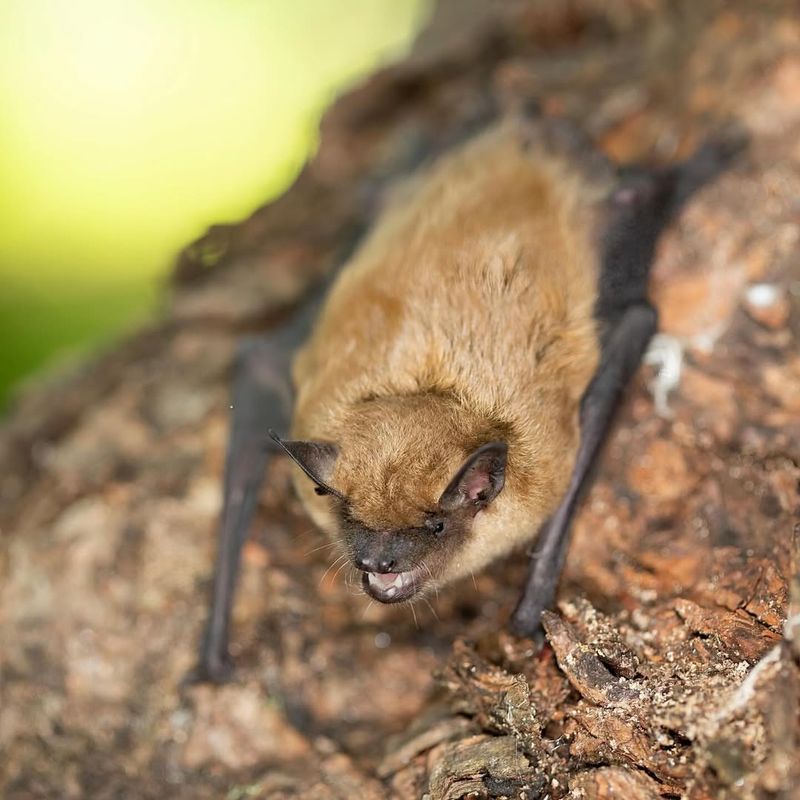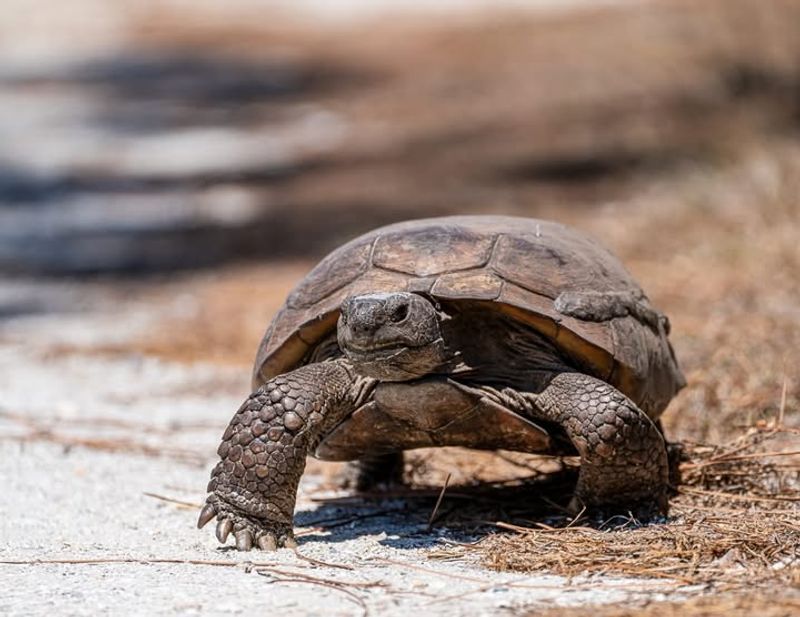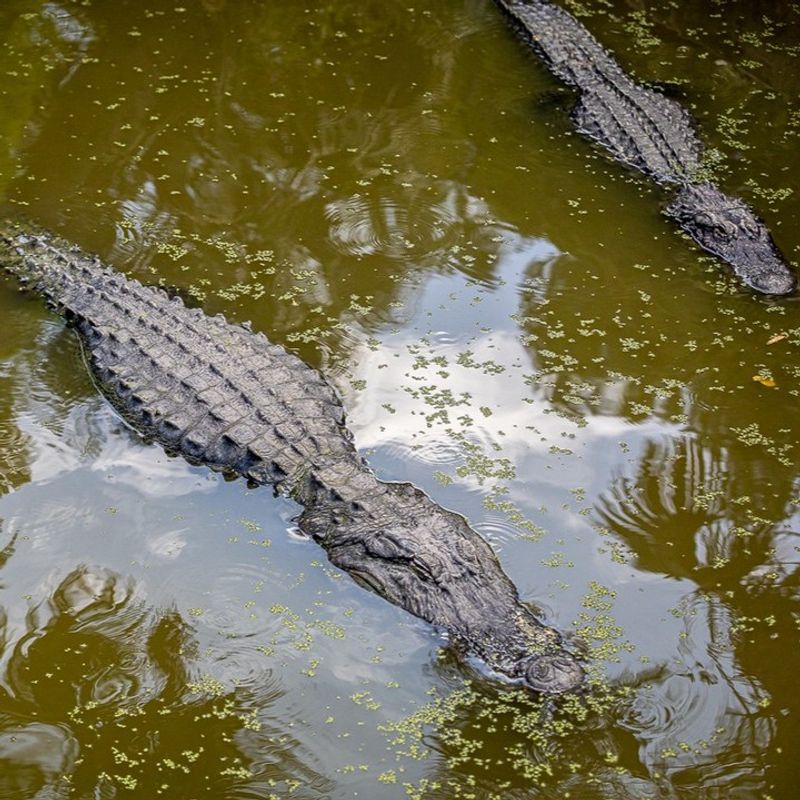The natural world in Florida doesn’t stay far from neighborhoods. Turtles wander across lawns, birds nest under eaves, and small mammals explore gardens without hesitation. Moving them might seem harmless, but the law often treats relocation as disruption.
Wildlife officials aim to keep animals where food, shelter, and established territory already exist. Removing or relocating the wrong species can lead to fines, environmental damage, or unintended stress on the animal. Awareness matters long before calling for help.
1. Raccoons
Masked bandits of the night, raccoons often raid garbage cans and make homes in attics. Florida law forbids moving them because relocated raccoons rarely survive in unfamiliar territory.
They struggle to find food and shelter while competing with established raccoon populations. Plus, moving raccoons can spread rabies and other diseases to new areas.
Instead of relocating, secure your trash cans and seal entry points to your home. Professional wildlife removal services can help humanely exclude them from your property.
2. Opossums
North America’s only marsupial might look scary with those sharp teeth, but opossums are actually beneficial neighbors. Moving them is illegal because they’re nature’s cleanup crew, eating ticks, cockroaches, and even venomous snakes.
When relocated, opossums become disoriented and vulnerable to predators. They also struggle to establish new territories, leading to starvation.
If one takes up residence under your porch, wait it out—they typically move on within a few days. Removing food sources makes your property less attractive to them.
3. Armadillos
Those mysterious holes appearing overnight in your yard? Armadillos are probably the culprits, digging for grubs and insects. Despite the lawn damage they cause, Florida prohibits relocating these armored diggers.
Moved armadillos face territory disputes with resident armadillos and often cannot locate adequate food sources. They also carry leprosy, making improper handling dangerous.
Installing motion-activated sprinklers or fencing buried several inches underground keeps them away. Treating your lawn for grubs removes their primary food source, encouraging them to move along naturally.
4. Gray Squirrels
Acrobatic and entertaining, gray squirrels become problematic when they chew through electrical wiring or nest in attics. Relocating them violates Florida wildlife regulations because moved squirrels rarely adapt successfully.
Separated from familiar food caches and territory, relocated squirrels often starve or fall victim to predators. Young squirrels left behind will die without their mother.
Trim tree branches away from your roof and install squirrel-proof barriers on utility lines. One-way exclusion doors allow squirrels to leave attics but prevent reentry, solving problems humanely without relocation.
5. Coyotes
Increasingly common in Florida suburbs, coyotes adapt remarkably well to human neighborhoods. Moving them elsewhere is strictly forbidden and incredibly dangerous for both humans and the animals.
Relocated coyotes travel dozens of miles attempting to return home, crossing highways and entering unfamiliar territories where they face aggressive resident coyotes. This displacement also disrupts pack structures and breeding patterns.
Never feed coyotes or leave pet food outside. Keep small pets indoors at dawn and dusk when coyotes hunt most actively, and install motion-sensor lighting around your property.
6. Bobcats
Spotting a bobcat in your neighborhood is both thrilling and unnerving. Florida’s wild felines are protected, and relocating them carries serious legal penalties.
When moved, bobcats become stressed and aggressive, struggling to establish hunting territories in occupied areas. They may travel over 100 miles trying to return home, often dying in the attempt.
Bobcats generally avoid humans and pose little threat. Secure chicken coops with strong fencing, bring pets inside at night, and remove brush piles where they might den. Most sightings are brief and harmless.
7. Foxes
With their bushy tails and curious nature, foxes occasionally make dens under sheds or porches. Despite any inconvenience, moving foxes violates Florida’s wildlife protection laws.
Relocated foxes face the same survival challenges as other moved animals—unfamiliar hunting grounds, territorial conflicts, and separation from their young. They also risk spreading diseases like rabies to new populations.
Fox families typically move on once their kits mature, usually within eight weeks. Block access to crawl spaces with hardware cloth, and avoid leaving pet food outside that might attract them to your property.
8. Bats
Finding bats in your attic can be unsettling, but these flying mammals are essential pest controllers, devouring thousands of mosquitoes nightly. Florida strictly prohibits relocating bat colonies.
Moved bats cannot survive without their established roost and colony structure. Many species are also protected due to declining populations, making relocation both illegal and harmful.
Wait until bats leave for their nightly hunt, then install exclusion devices that prevent reentry. Never seal bats inside, especially during maternity season when flightless babies would be trapped and die.
9. Otters
Playful and charismatic, river otters sometimes visit backyard ponds, creating concern for homeowners with koi collections. Moving these aquatic mammals is illegal under Florida law.
Otters have complex social structures and specific habitat requirements. Relocation disrupts family groups and forces otters into territories already occupied by aggressive residents.
Protect ornamental fish with netting or underwater barriers. Otters typically move between multiple feeding areas and won’t stay permanently. Removing easy food sources encourages them to focus on natural waterways instead of backyard ponds.
10. Black Bears
Running into a black bear while taking out the trash is terrifying, yet relocating them is both illegal and ineffective. Florida’s bear population is protected, and moving bears creates more problems than it solves.
Relocated bears often return home, traveling incredible distances across dangerous highways. They may also become more aggressive in unfamiliar territory or enter areas with even higher human populations.
Store garbage in bear-resistant containers and bring it out only on collection day. Remove bird feeders and secure pet food to make your property unappealing to these powerful omnivores.
11. Gopher Tortoises
Ancient and slow-moving, gopher tortoises dig extensive burrows that provide homes for over 350 other species. These gentle reptiles are strictly protected, making relocation without proper permits a serious crime.
Tortoises have strong site fidelity and will die attempting to return to their original burrow. Their burrows also shelter threatened species, so moving tortoises disrupts entire ecosystems.
If construction threatens a burrow, hire a licensed wildlife biologist to obtain relocation permits. Otherwise, fence around burrows and appreciate having these living fossils as neighbors—they’ve survived millions of years for good reason.
12. Alligators
Nothing says Florida quite like an alligator in your backyard pond. While understandably concerning, attempting to relocate alligators yourself is extremely dangerous and completely illegal.
Only licensed trappers can remove nuisance alligators, and relocated gators often return home or enter even more populated areas. Moving them also spreads diseases and disrupts territorial balances.
Keep pets away from water’s edge and never feed alligators, which makes them associate humans with food. Contact Florida Fish and Wildlife Conservation Commission for gators over four feet long or showing threatening behavior.

